How to Throw a Curveball
First things first, please learn how to throw a curveball correctly, to prevent arm injuries.
Having said that, the curveball is the “Mother” of all breaking pitches.
When a pitcher throws a great 12 to 6 curveball (that means a big breaking curveball that falls from top to bottom, like on a clock) even the guy in the cheap seats knows what he threw.
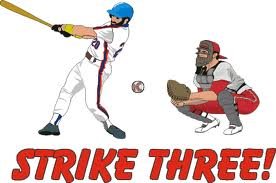
A pitcher might throw a slider and not everyone will notice, but the big roundhouse curveball is hard to miss, unless you are the batter, lol.
A great curveball pitcher will start it at the head of the batter, or even behind him.
The batter’s knees will buckle and he will lean back out of the way.
Then all of a sudden it breaks down and over the plate. That pitch has caused many a called third strike.
Learning how to throw a curveball is not a bad idea, if you are old enough.
Because of the strain on your arm, trying to throw a curveball before the age of 14 or 15 is not a good idea.
And when you do decide you are ready, like I said above, be sure and learn the proper mechanics.
The arm motion for a curveball can injure even a major leaguer’s arm if thrown improperly.
Warning
Yes, I’m giving you a couple of warnings before I even tell you how to throw the curveball.
When I was about 13 I learned how to throw a curveball, only not the correct way.
The following year my arm was mush and my pitching days were over.
So listen closely. Do not ever twist your elbow or arm when throwing a curveball, or any pitch.
That’s what did me in. I was twisting my arm when releasing the baseball and my elbow paid the price.
Even today, many years later, my throwing elbow feels like jell-o.
And do not throw the curveball for a long period of time.
Yes, it takes lots of practice to learn how to throw a curveball, but don’t try to learn it all in one session.
Only throw a few every couple of days.
The Steps of How to Throw a Curveball
How to throw a curveball will usually have as many different answers as people you ask. And that includes the curveball grip.
Where the fastball pitch and grip are pretty much the same worldwide, the curveball is not.
And it is not that one grip or pitch is right and the others wrong.
The key is to experiment with the grip and find the one that works best for you.
I’m not going to get into why the curveball breaks, because I don’t understand it.
But I do understand that making the baseball spin fast makes it break and drop.
So try starting with the grip I’m going to describe and play around with it until you find your curveball grip
The Curveball Grip
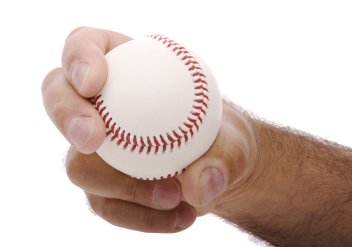
Our curveball starts by holding the baseball with your index and middle fingers where the seams are closest together.
Place the index finger on the inside of the seam, as seen in the picture, and the middle finger on the outside of the seam.
This causes the thumb to land on the underneath seam.
You should be squeezing the baseball with your middle finger and thumb.
And as with every pitch, your wind up and arm motion should be the same as your fastball.
The Curveball Release
You are squeezing the ball with your middle finger and your index finger is along for the ride.
When you bring your arm down, you play like you are chopping a board in front of you. Your wrist is cocked and lock in a position that allows you to chop a board.
The thumb winds up on the body side on top.
This should create a spinning motion on the ball and cause to break shortly before reaching home plate.
The key is to get enough spin on the baseball without twisting your elbow.
And this can be done with the downward chopping action. This should make the ball spin right off your fingers.
Wrist Action upon Release of a Curveball
There should be “NO” wrist twisting when throwing the curveball properly.
Instead, the wrist should be slightly cocked to the outer side of the arm.
Do not lock the wrist, but allow it to be loose, which lets the pressure of the middle finger create the proper spin.

And like all pitches you throw, be sure you have a good follow through.
Play like there is a quarter on the ground in front of you and you are bending over to pick it up.
This follow through action helps you save the wear and tear on your arm.
The follow thru is the last step in how to throw a curveball.
When to Throw the Curveball
The element of surprise helps any pitch that you throw.
If you haven’t been throwing the curveball much, then it might be the pitch to throw on a 0 and 2 count or a 1 and 2 count.
But the last thing you want is to have a batter down 0 and 2 and throw him a hanging (not breaking) curveball.
A good hitter will make the outfielders chase a hanging curveball. Trust me, I have seen that happen many times.
I would make the curveball the fourth or fifth pitch to learn.
You should have the fastball, two seam fastball and change up down pat before attempting the curveball.
Good luck.
Here Are All Our Pages on Pitching Grips
How to Throw a Fastball
How to Throw a Four Seam Fastball
How to Throw a Two Seam Fastball
How to Throw a Changeup
How to Throw a Slider
How to Throw a Cutter
How to Throw a Sinker
How to Throw a Curveball
How to Throw a Baseball
Return from How to Throw a Curveball to Baseball Pitching Grips
Return from How to Throw a Curveball to Helpful Baseball Drills

Do You Want To Hit At Home?
Subscribe to "Extra Innings" our every few weeks newsletter loaded with baseball drills, ideas and stories.
Looking For the Best Wood Bats at the Lowest Prices?
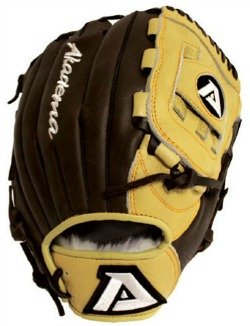
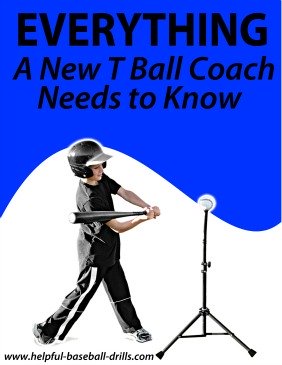
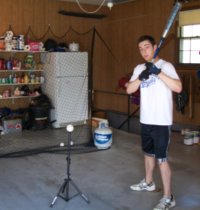

New! Comments
Have your say about what you just read! Leave me a comment in the box below.